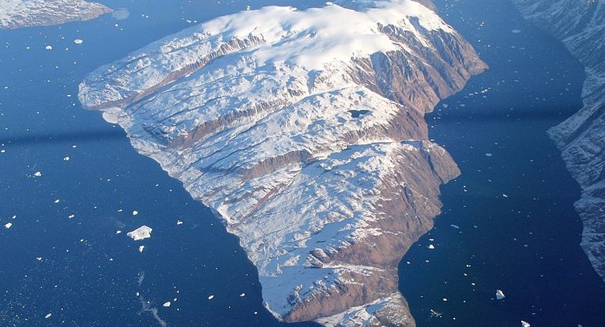
Researchers use analysis of new ice core in West Antarctica to document 18 abrupt climate events during the past 68,000 years.
Scientists have wondered for decades why temperature changes in Antarctica and Greenland show an opposite pattern, and a recent study funded by the National Science Foundation may have finally yielded an answer. By using evidence from a highly detailed ice core from West Antarctica, researchers have discovered that abrupt climate changes first show up in Greenland, and make their way to the Antarctic climate around 200 years later, suggesting that a redistribution of heat occurs between the hemispheres.
“The fact that temperature changes are opposite at the two poles suggests that there is a redistribution of heat going on between the hemispheres,” said lead author Christo Buizert, a post-doctoral research at Oregon State University. “We still don’t know what caused these past shifts, but understanding their timing gives us important clues about the underlying mechanisms.
Researchers believe that the 200 year delay is proof that climate changes aren’t propagated by the atmosphere, since, if that were the case, the response in Antarctica would have only been delayed a matter of years or decades. Oceanic mechanism is far more likely, and Buizert believes the lag can provide scientists with “a pretty clear fingerprint of the ocean’s involvement.”
The study’s research team, which consisted of 28 laboratories from around the United States, considered sites all over Antarctica before selecting the site with the best combination of thick ice, simple ice flow and the right amount of annual snowfall.
“Past ice core studies did not reveal the temperature changes as clearly as this remarkable core,” said co-author Eric Steig, a professor in the Department of Earth and Space Sciences at the University of Washington. “Our new results show unambiguously that the Antarctic changes happen after the rapid temperature changes in Greenland. It is a major advance to know that the Earth behaves in this particular way.”